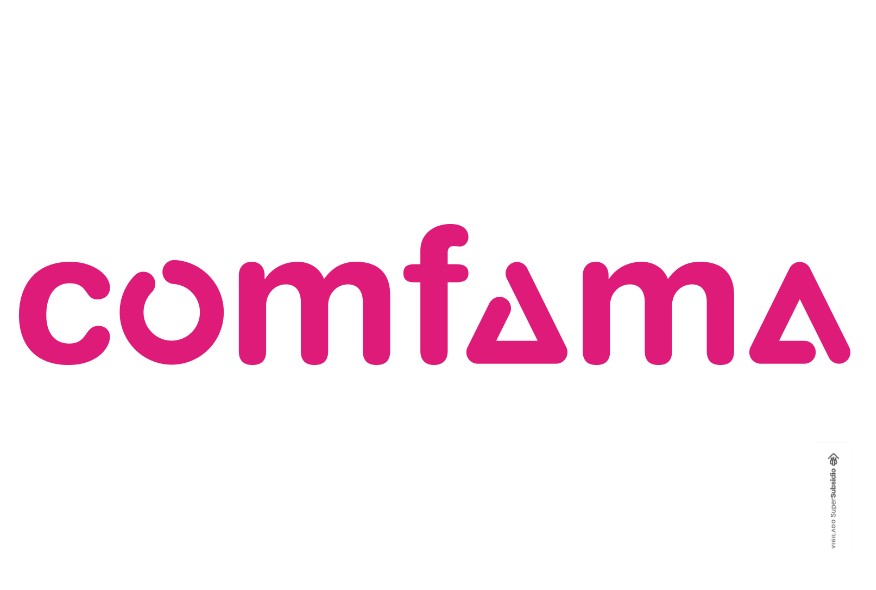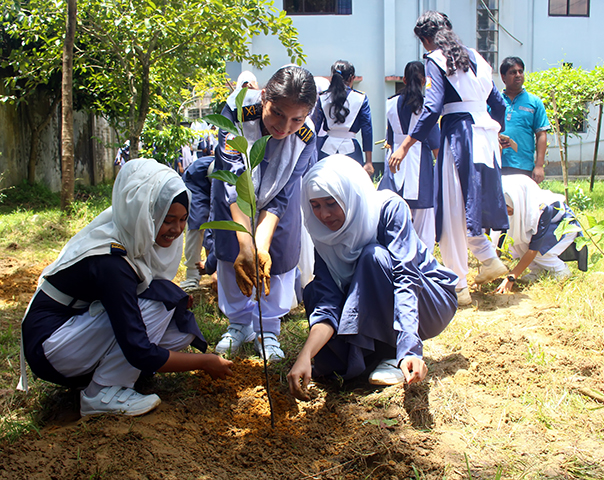Understanding How to Reduce Adolescent Recruitment into Gangs: Evidence from Medellín, Colombia
Researchers in Colombia are piloting a randomized evaluation in Colombia to measure the impact of anti-gang interventions on reducing gang recruitment among adolescent males.
In Medellin, Colombia, most low- and middle-income neighborhoods are controlled to some degree by street gangs. Gangs in Medellín use force, fraud, and deception to recruit children and adolescents. Around ten percent of males aged 15 to 34 in low- and middle-income neighborhoods are somehow affiliated to gangs,1 and were typically recruited between the ages of 10 and 17.2 However, most research about recruitment is qualitative and subjective, as there is no systematic data on an adolescent’s choice to join gangs.
Researchers are piloting a randomized evaluation to measure the impact of anti-gang interventions on adolescent males, including a training and mentorship program to promote legal career paths and information sessions about safety and future career risks associated with gang involvement. In concurrence with the randomized evaluation but funded separately, researchers are conducting a panel survey of adolescent males to assess the risk factors and drivers of gang recruitment.
Sources
1. Blattman, C., Duncan, G., Lessing, B., & Tobon, S. (2024). Gang rule: Understanding and countering criminal governance. Forthcoming in the Review of Economic Studies.
2. Blattman et al (2024); Carvalho, L. S. and R. R. Soares (2016). Living on The Edge: Youth Entry, Career and Exit in Drug-Selling Gangs. Journal of Economic Behavior and Organization 121, 77–98
Implementing Partners



Funding Partners














